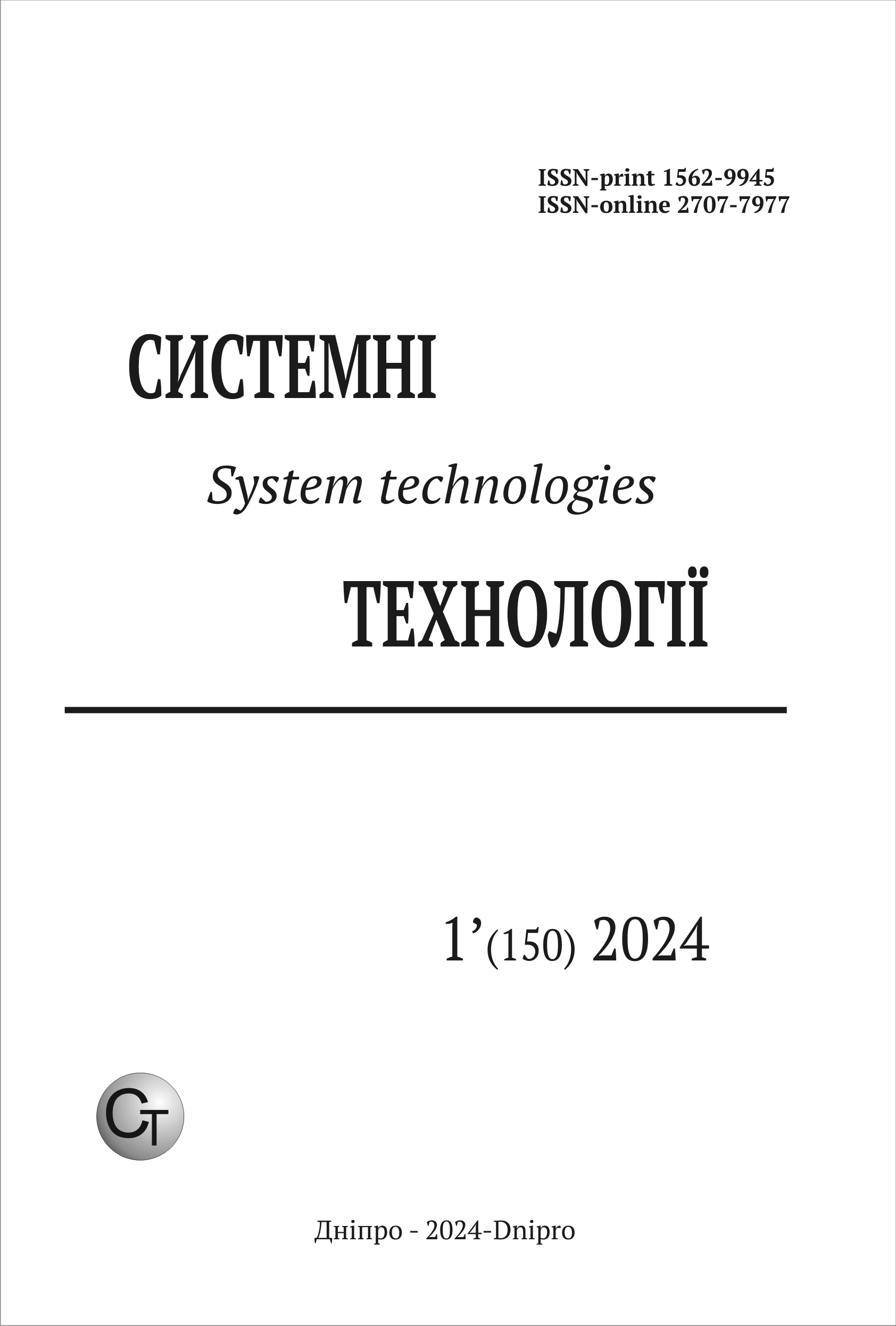АНАЛІЗ ЕФЕКТИВНОСТІ БЛОЧНОЇ ПЕРЕДАЧІ ФРЕЙМІВ У КОМП’ЮТЕРНИХ МЕРЕЖАХ ІЕЕЕ 802.1
DOI:
https://doi.org/10.34185/1562-9945-1-150-2024-16Ключові слова:
бездротові комп’ютерні мережі ІЕЕЕ 802.11, блочна передача фреймів, пропускна здатність, інтенсивність завад.Анотація
Проаналізовано механізм блочної передачі фреймів у бездротових комп’ютерних мережах ІЕЕЕ 802.11 DCF з інфраструктурною топологією. У захищеному режимі визначено залежність пропускної здатності мережі від швидкості передачі даних і кількості фреймів у блоці. Показано, що механізм блочної передачі фреймів суттєво збільшує пропускну здатність мережі, особливо в діапазоні високих швидкостей передачі. При помітному збільшенні інтенсивності завад передача блоків ускладняється. Вже при BER=10^-6 і кількості фреймів понад 10 у ряді випадків виникає необхідність здійснення повторних передач викривлених у блоці фреймів, а при BER=10^-5 повторних передач стає багато і результуюча пропускна здатність мережі стає незначною.
Посилання
Li T. Performance analysis of the IEEE 802e block ACK scheme in a noisy channel / T. Li, Q. Ni, T. Turletti, Y. Xiao // Proc. IEEE Broadnet 2005.-Vol.1.-Oct. 2005.-
P.511-517.
Li H. Throughput and delay analysis of IEEE 802.11e Block ACK with channel errors / H. Lee, I. Tinnirello, Y, Yu, S. Choi // Proc. 2nd Int. Conf. on Communication Systems Software and Middleware. – Jan. 2007. – P. 406-418.
Chang Z. Performance analysis of IEEE 802.11ac DCF with hidden nodes / Z. Chang, O. Alanen, T.Huovinen, T. Nihtila, E.H. Ong, J, Kneckt and T. Ristaniemi //IEEE 978-1-4673-0990-5/12/2012. – 5 p.
Khandetskyi V.S. Modeling of IEEE 802.11 computer networks at increased interference intensity / V.S. Khandetskyi, N.V. Karpenko // Radio Electronics, Computer Sciences, Con-trol. – 2022. – No.2. – P.132-139.
Khandetskyi V.S. Optimizing the action of IEEE 802.11 computer networks at significant level of bit error rate / V.S. Khandetskyi // System Technologies. – 2023. – No.1 (144). – P.36-43.
Ouyang M. Optimal interference range for minimum Bayes risk in binomial and Poisson wireless networks / M. Ouyang, W. Shi, R. Zhang, W. Liu // EURASIP Journal on Wireless Communications and Networking. – 2019:247. – 12 p.
Bozkurt A. Optimal delay analysis for real-time traffics over IEEE 802.11 wireless LANs / A. Bozrurt // EURASIP Journal on Wireless Communications and Networking. – 2016:19. – 11 p.
Завантаження
Опубліковано
Номер
Розділ
Ліцензія
Авторське право (c) 2024 Системні технології

Ця робота ліцензується відповідно до ліцензії Creative Commons Attribution 4.0 International License.















